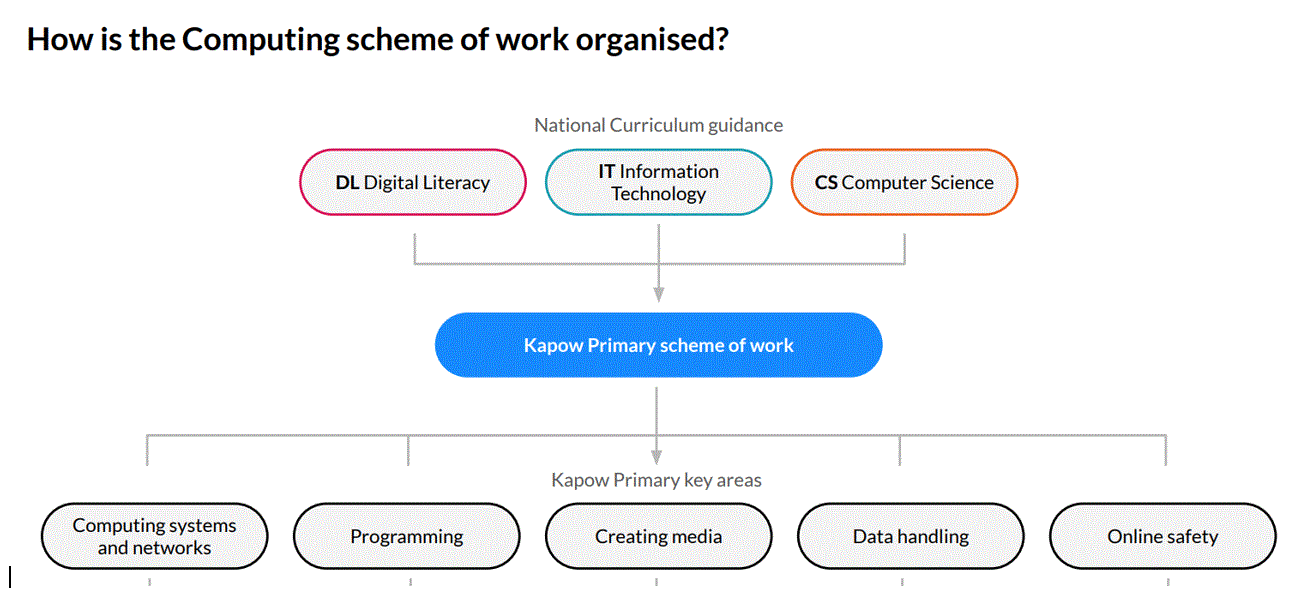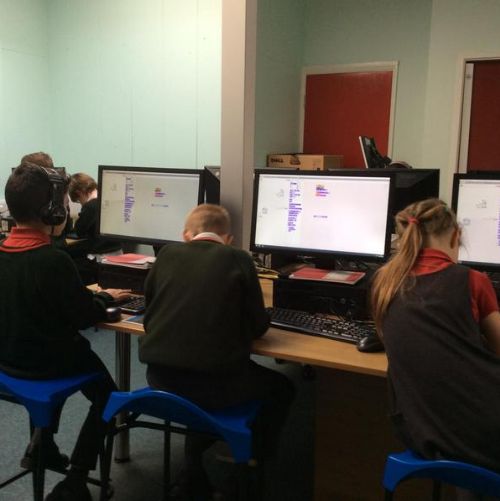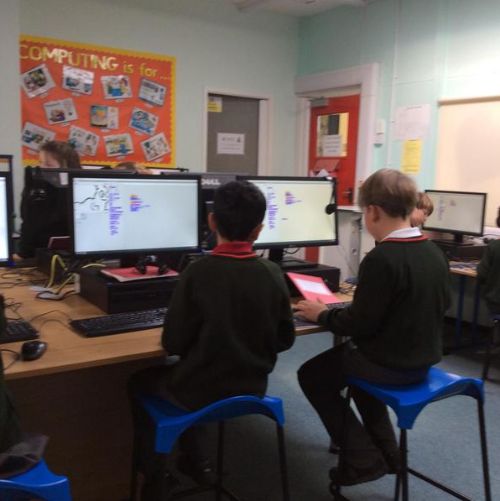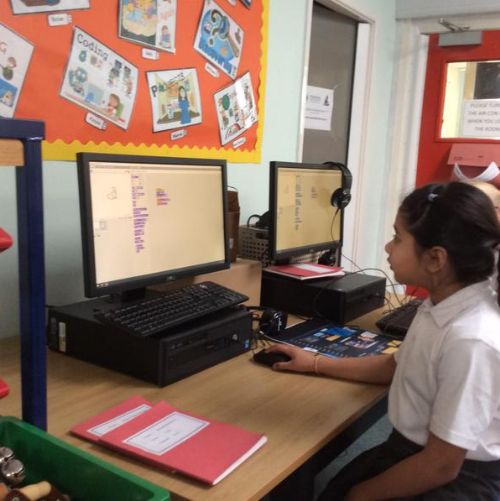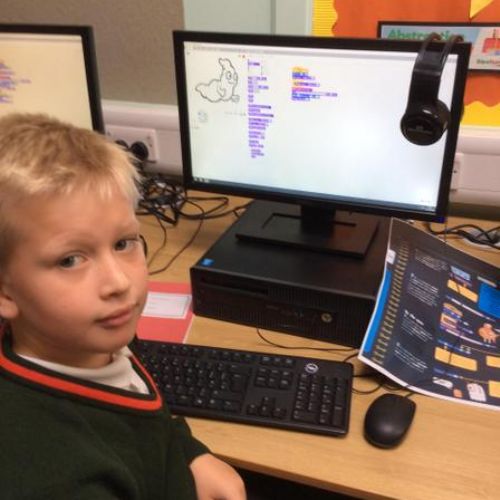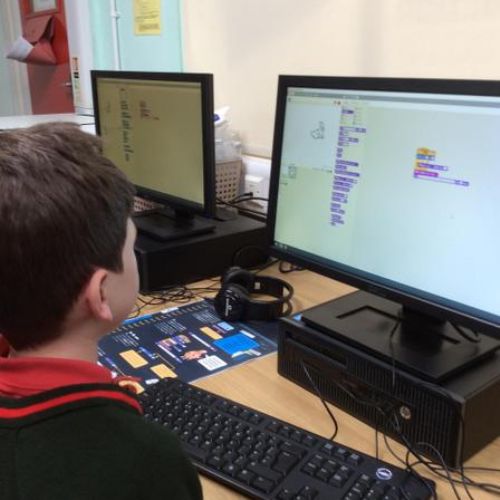Computing
Computing at Cloverlea
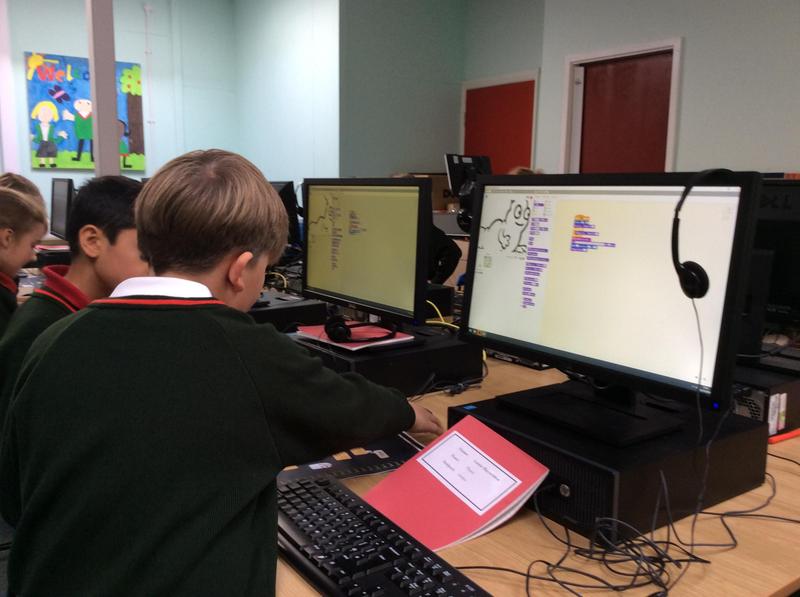
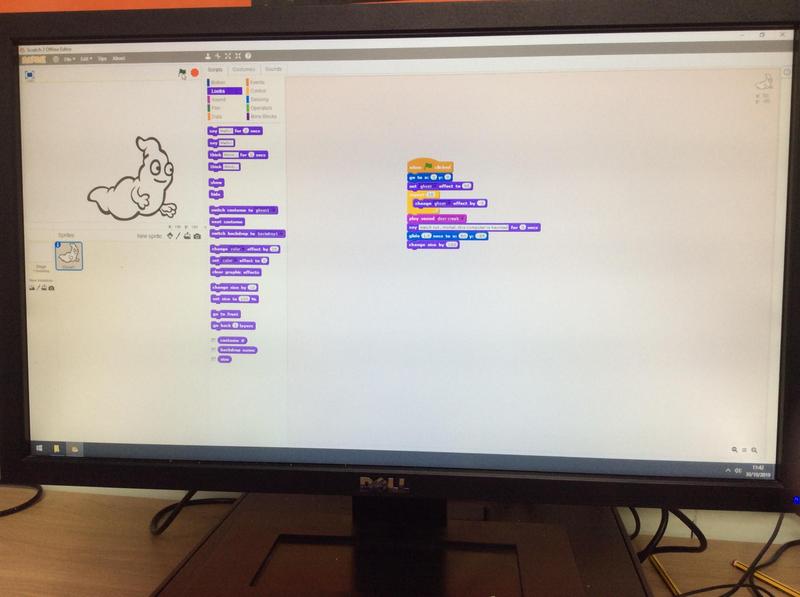
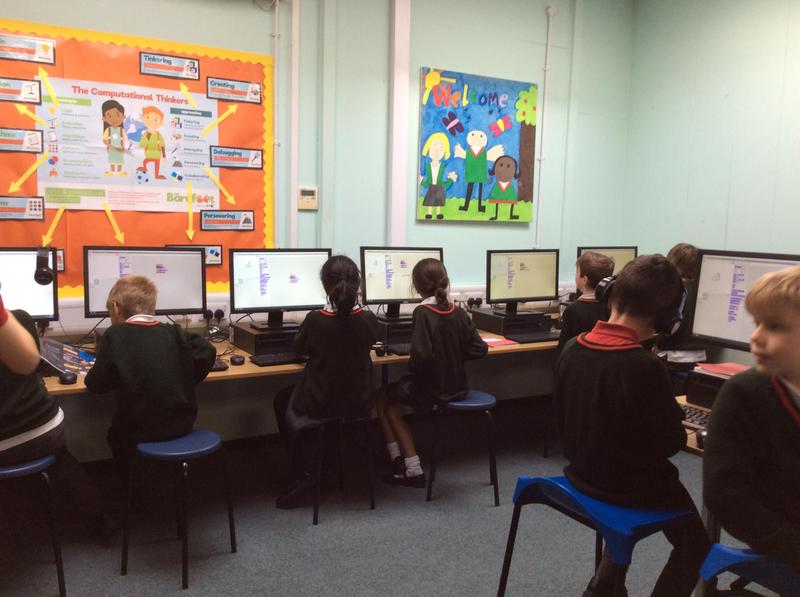
Intent
In line with the 2014 National Curriculum for Computing, our aim at Cloverlea is to provide a high-quality computing education which equips children to use computational thinking and creativity to understand and change the world. The curriculum will teach children key knowledge about how computers and computer systems work, and how they are designed and programmed. Learners will have the opportunity to gain an understanding of computational systems of all kinds, whether or not they include computers.
By the time they leave Cloverlea, children will have gained key knowledge and skills in the three main areas of the computing curriculum:
- Computer Science (programming and understanding how digital systems work)
- Information Technology (using computer systems to store, retrieve and send information)
- Digital Literacy (evaluating digital content and using technology safely and respectfully).
The objectives within each strand support the development of learning across the key stages, ensuring a solid grounding for future learning and beyond
Implementation
The aims within the national curriculum are embedded into our weekly computing lessons and within our wider curriculum. Our computing curriculum provides many purposeful opportunities for developing skills and understanding in areas of computer science, information technology and digital literacy. The National Curriculum for Computing aims to ensure all pupils:
- can understand and apply the fundamental principles and concepts of computer science, including abstraction, logic, algorithms and data representation
- can analyse problems in computational terms, and have repeated practical experience of writing computer programs in order to solve such problems
- can evaluate and apply information technology, including new or unfamiliar technologies, analytically to solve problems
- are responsible, competent, confident and creative users of information and communication technology
At Cloverlea, computing is taught using a blocked curriculum approach. This ensures children are able to develop depth in their knowledge and skills over the duration of each of their computing topics. Teachers use Kapow (computing scheme of work) to plan their computing lessons, and make links to other subjects and topics where they can. We have a computer suite with desktop computers, two class sets of iPads and one class set of chromebooks to ensure that all year groups have the opportunity to use a range of devices and programs for many purposes across the wider curriculum, as well as in discrete computing lessons. Employing cross-curricular links motivates pupils and supports them to make connections and remember the steps they have been taught.
The implementation of the curriculum also ensures a balanced coverage of computer science, information technology and digital literacy. The children will have experiences of all three strands in each year group, but the subject knowledge imparted becomes increasingly specific and in depth, with more complex skills being taught, thus ensuring that learning is built upon. For example, children in Key Stage 1 learn what algorithms are, which leads them to the design stage of programming in Key Stage 2, where they design, write and debug programs, explaining the thinking behind their algorithms.
Impact
Our approach to the curriculum results in a fun, engaging, and high-quality computing education. The quality of children’s learning is evident in the displays around the school, the work completed in pupil's individual folders (on the school system) and the end of unit/term assessments completed by teachers.
Evidence such as this is used to feed into teachers’ future planning, and as a topic-based approach continues to be developed, teachers are able to revisit misconceptions and knowledge gaps in computing when teaching other curriculum areas. This supports varied paces of learning and ensures all pupils make good progress.
Much of the subject-specific knowledge developed in our computing lessons equips pupils with experience which will benefit them in secondary school, further education and future workplaces. From research methods, use of presentation and creative tools and critical thinking, computing at Cloverlea gives children the building blocks that enable them to pursue a wide range of interests and vocations in the next stage of their lives.
Online Safety
Online Safety is taught continually and integrally to all pupils throughout school using our Computing Scheme of Work (Kapow). Our Online Safety Curriculum aims to equip children with the skills, knowledge and values they will need as they grow up and enter an ever-changing, increasingly digital society. Today, the importance of teaching our children from a young age to be digitally literate cannot be overstated.
In 2018, the UK government released Education For A Connected World. This curriculum framework provides guidance on supporting children and young people to navigate the digital world safely.
Computing Snapshots


